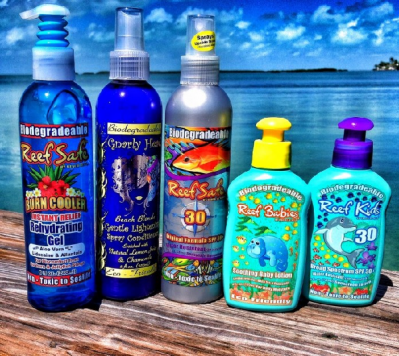Sustainable Council calls for a 'shift' to increase transparency requirements

Ingredient safety and sustainability ranks high among consumer concerns about personal care and cosmetics products, particularly around existing safety guidelines.
According to the Council, it is these issues that need to be addressed, particularly ‘poor transparency requirements’ that are also leaving beauty companies unclear about the safety of ingredients they use.
A whitepaper published by ‘UL Environment’ has also revealed a call for improved best practices, as well as the closing of the gap between consumer expectations and current protocols.
“Research shows that three out of four consumers in North America believe that personal care products can impact their health, and 80 per cent of consumers report they are interested in purchasing more sustainable personal care,” UL reported.
How can the industry help?
According to this white paper, (Assessing the Safety of Personal Care Products: Comparative Analysis of Health Risk Assessment Frameworks and Recommendations for Best Practices) a blending of industry-wide guidelines may be a good next step.
“The best practices recommendations are largely consistent with the guidance provided by SCCS, followed by CIR, ICCA, RIFM, and FEMA,” it states.
To drive this home, UL put together several charts illustrating where guidelines overlap, how they differ, and how these can be combined into an overall more cautious set of protocols in many areas of concern, including repeated dose toxicity, safety evaluation of nanomaterials, and reliably identifying and quantifying ingredient impurities and by-products.
Third party testing requirement?
Beyond an adjustment of testing procedures, third-party certification standard may be needed.
“While a credible, transparent best practice as suggested here should address many stakeholder concerns from a technical perspective, public acceptance may remain a challenge.”
















